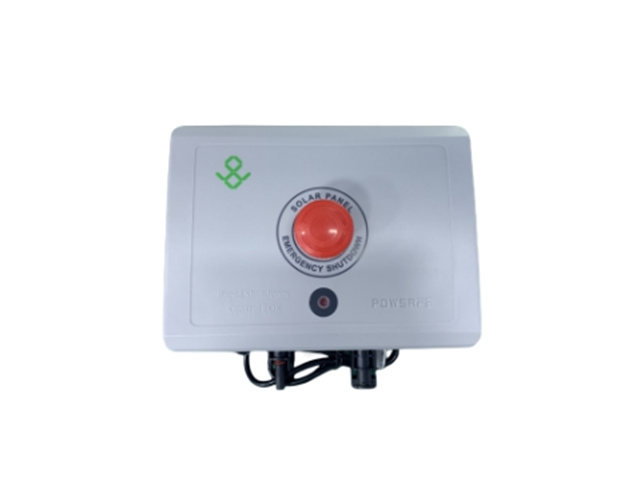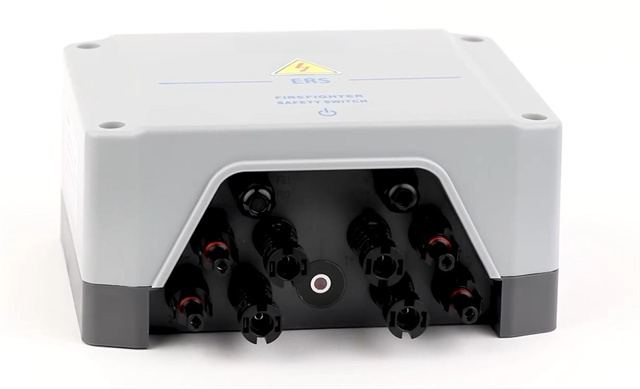Author:BLD Solar Energy SystemFROM:Solar System Converter Manufacturer TIME:2023-08-21
The solar industry has experienced significant growth over the past decade, with more homeowners and businesses adopting photovoltaic (PV) systems to harness clean, renewable energy. As the industry continues to evolve, it is crucial to prioritize safety measures to protect both installers and the general public. One essential component of a safe and efficient PV system is the use of BENY Rapid Shutdown technology. This in-depth guide explores the benefits of BENY Rapid Shutdown and provides insights on how to use it safely and effectively.

BENY Rapid Shutdown technology is designed to enhance the safety of PV systems by providing a rapid shutdown solution in case of emergencies or maintenance requirements. It ensures that all DC conductors within a PV system can be quickly de-energized, reducing the risk of electrical shocks or fires. This technology is particularly important for first responders who may need to access rooftops or work near PV installations during emergencies.

Proper installation of BENY Rapid Shutdown is critical to ensure its effectiveness and compliance with safety regulations. Here are some important guidelines:
- Locate the Rapid Shutdown Controller (RSC) at a convenient and accessible location near the main service panel. This allows for easy access during emergencies or routine maintenance.
- Connect the RSC to the PV array's inverter using approved wiring methods, ensuring proper grounding and insulation.
- Install the Rapid Shutdown Initiator (RSI) near the main service panel, allowing for quick activation of the rapid shutdown function. It should be clearly labeled and easily identifiable.
- Conduct thorough testing of the BENY Rapid Shutdown system after installation to ensure its proper functionality and compliance with local codes and standards.

To use BENY Rapid Shutdown safely and efficiently, consider the following best practices:
- Educate all personnel, including installers, maintenance staff, and first responders, on the location and operation of BENY Rapid Shutdown components.
- Regularly inspect and maintain the system to identify any potential faults or malfunctions. This includes checking for loose connections, damaged insulation, or signs of physical damage.
- Develop a comprehensive emergency response plan that includes specific instructions on how to activate the rapid shutdown function and safely de-energize the PV system in case of emergencies, such as fires or severe weather conditions.
- Stay informed about any updates or changes to safety regulations related to PV systems and BENY Rapid Shutdown technology. Regularly review and update your procedures accordingly.
In conclusion, the use of BENY Rapid Shutdown technology is crucial for ensuring the safety and efficiency of PV systems. By understanding the technology, following proper installation guidelines, and implementing best practices for operation, you can protect both personnel and the general public from potential hazards. As the solar industry continues to advance, prioritizing safety measures is essential to foster its sustainable growth.
